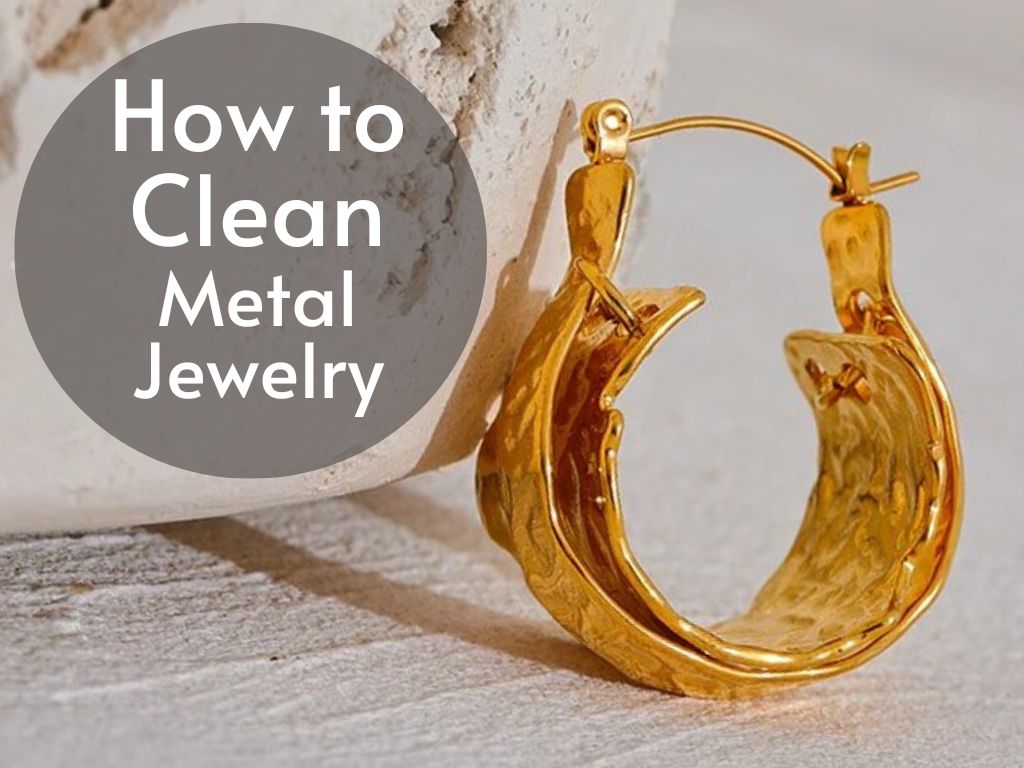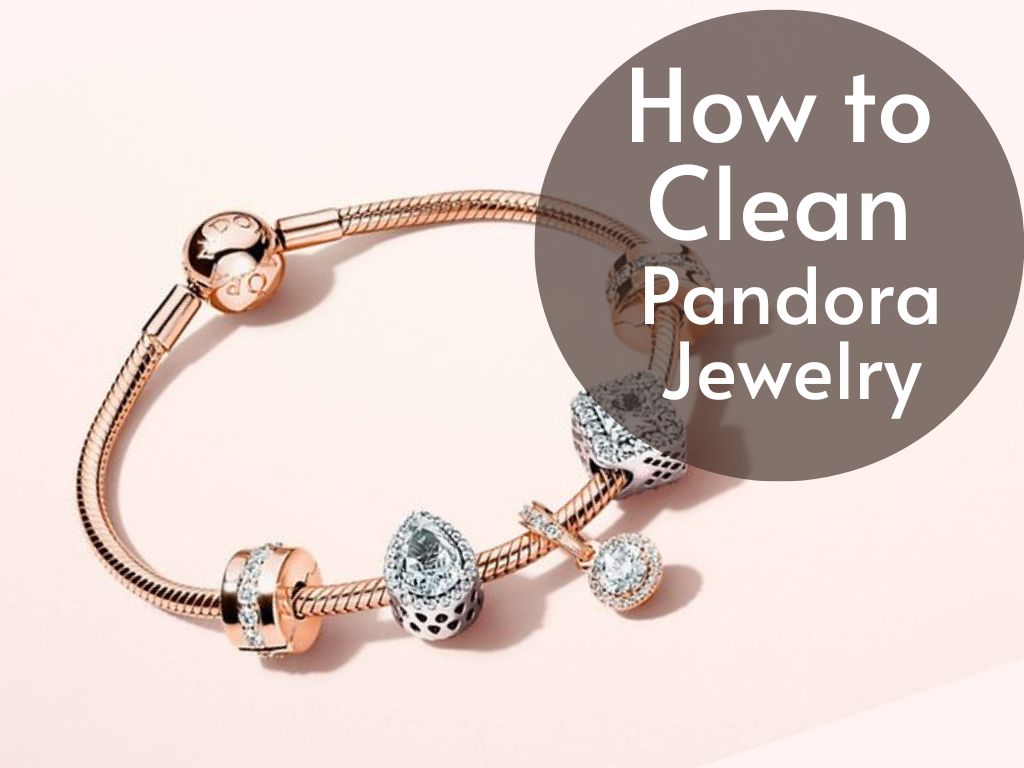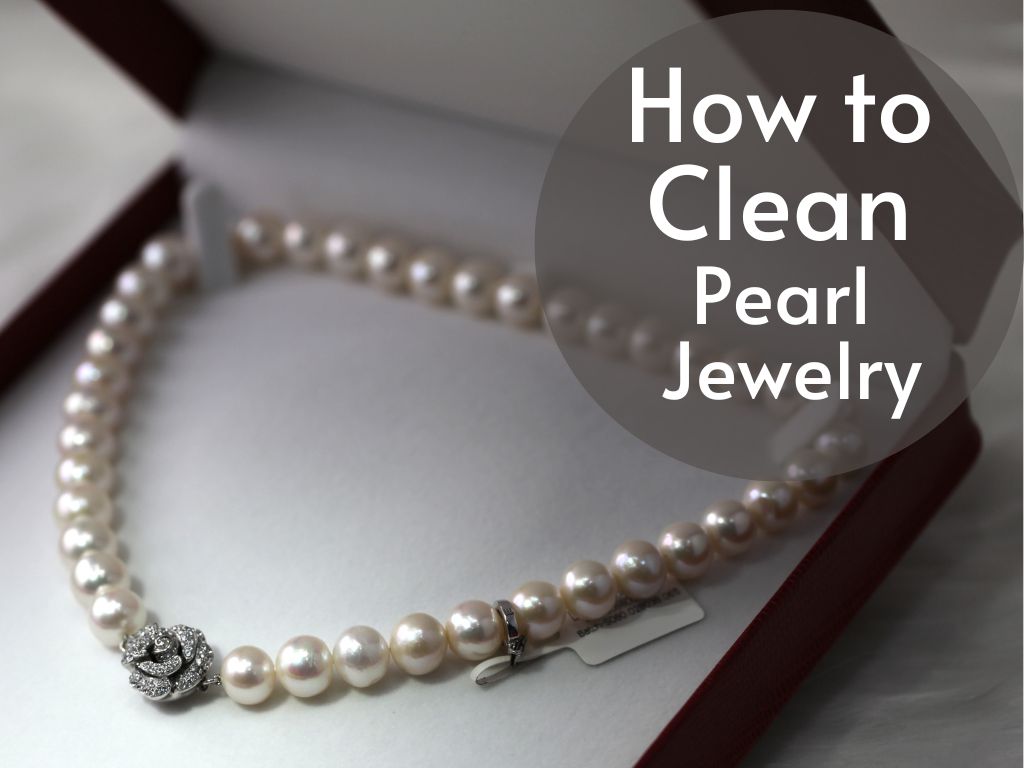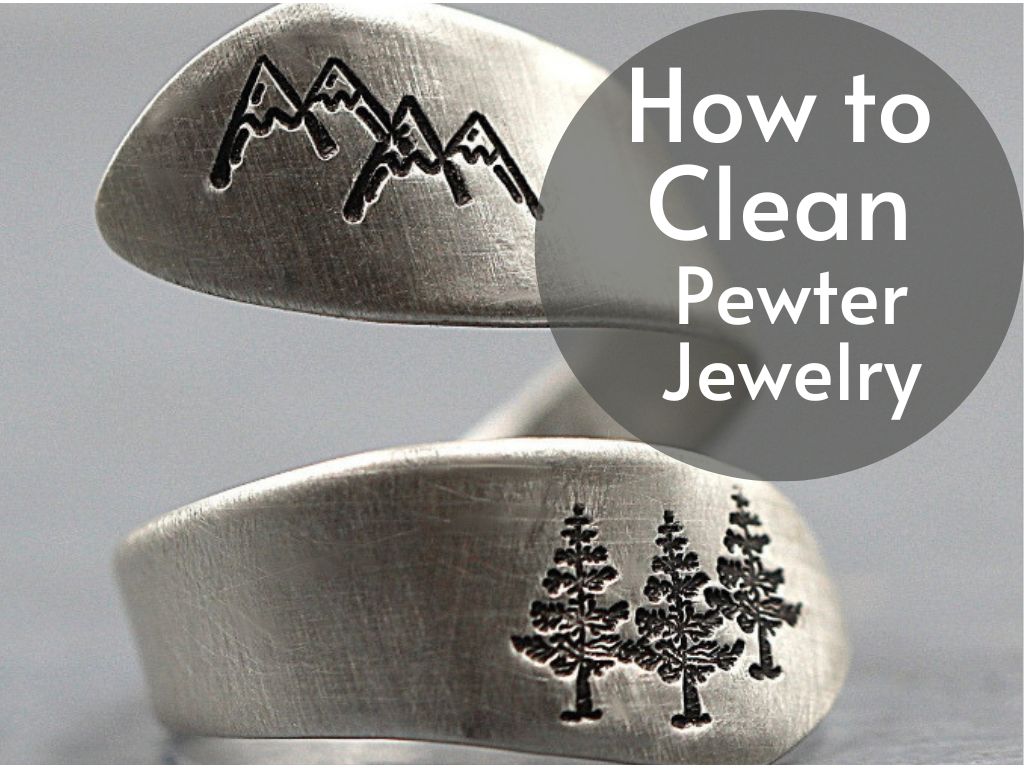Jewelry has been adorning human beings for centuries, adding a touch of elegance, beauty, and personal expression to our lives. Whether it’s a delicate necklace passed down through generations or a sparkling engagement ring newly acquired, maintaining the cleanliness and shine of jewelry is paramount. Clean jewelry not only enhances its aesthetic appeal but also ensures its longevity by preventing tarnish and corrosion.
Importance of keeping jewelry clean and well-maintained
Keeping your jewelry clean is essential to preserve its luster and beauty over time. Jewelry frequently comes into contact with sweat, perfume, oils from our skin, dirt, dust particles, and environmental pollutants. These substances can build up on the surface of your jewelry, making it lose its original sparkle and shine.
Over time, this accumulation can lead to discoloration or damage that may require professional restoration. In addition to preserving the appearance of your jewelry, regular cleaning helps maintain its value.
Well-maintained jewelry holds greater worth in terms of sentimental value as well as financial investment. For example, when selling or passing down heirloom pieces in the future, their condition will greatly impact their desirability and resale potential.
Benefits of using boiling water for jewelry cleaning
The use of boiling water for cleaning certain types of jewelry has gained popularity due to its effectiveness in removing stubborn dirt and grime. Boiling water serves as a powerful solvent that aids in breaking down oils and dissolving dirt particles clinging to the surface or crevices of intricate designs.
One significant advantage of using boiling water is that it doesn’t require any harsh chemicals or specialized cleaning solutions that may potentially damage delicate gemstones or precious metals. By utilizing heat alone as a cleansing agent, you can minimize the risk of inadvertently harming your beloved pieces while achieving remarkable results.
Furthermore, boiling water is a cost-effective and accessible cleaning method. It requires minimal supplies that are readily available in most households, making it a convenient option for anyone looking to restore their jewelry’s brilliance without investing in expensive cleaning solutions or professional services.
Understanding the Science behind Boiling Water Cleaning
Exploring the Remarkable Properties of Boiling Water
When it comes to cleaning jewelry, boiling water offers a truly remarkable solution. The process involves immersing your precious pieces in hot water, which harnesses the power of heat to effectively remove dirt and grime.
But what makes boiling water so effective? Let’s delve into the science behind it.
Boiling water possesses unique properties that make it an ideal cleaning agent for jewelry. The intense heat causes molecules within the water to vibrate vigorously, increasing their kinetic energy.
This heightened energy level creates an environment where particles become more mobile and easier to dislodge from surfaces. As a result, when jewelry is immersed in boiling water, these energetic molecules collide with dirt and grime particles adhered to its surface, loosening their grip.
The Role of Heat in Loosening Particles and Breaking Down Oils
Heat plays a crucial role in the effectiveness of boiling water as a cleaning agent for jewelry. Elevated temperatures cause molecular structures within dirt particles to expand, creating gaps between them and the jewelry’s surface. This expansion weakens the bond between dirt and metal or gemstone, facilitating their separation upon agitation or rinsing.
Additionally, oils often accumulate on jewelry due to everyday wear or exposure to cosmetics and lotions. These oils can form a stubborn layer that traps dirt and dulls the shine of your cherished pieces.
However, when exposed to high temperatures provided by boiling water, oils undergo thermal degradation or “burn-off.” The heat breaks down these complex molecules into simpler compounds that are either volatile and evaporate or lose their adhesive properties altogether. The combination of increased molecular mobility, particle expansion, and oil breakdown through heat make boiling water an effective solution for cleaning jewelry.
However, it is important to note that not all types of jewelry are suitable for this method, as some may be delicate or feature gemstones that could be damaged by high temperatures. With the science behind boiling water cleaning now explained, let’s move on to the practical steps of preparing and executing this jewelry cleaning technique.
Preparing for Jewelry Cleaning with Boiling Water
Gather Necessary Materials
Before embarking on the journey of cleaning your precious jewelry with boiling water, it is essential to gather the necessary materials. These tools will aid in ensuring a successful, safe, and efficient cleaning process. Here are the key items you will need:
- A Pot: Select a pot that is large enough to accommodate the jewelry you intend to clean while allowing it to be fully submerged in water. It should also be made of heat-resistant material, such as stainless steel or enamel-coated metal, to withstand high temperatures.
- Stove: Ensure you have access to a stove or any heat source that allows you to boil water safely. The stove should have adjustable heat settings so you can control the intensity of the boil according to the type of jewelry being cleaned.
- Tongs: Invest in a good pair of long-handled tongs specifically designed for kitchen use. These will enable you to handle hot jewelry without risking burns or damage.
- Soft Cloth: Prepare a soft cloth made from lint-free material, such as microfiber or cotton, for drying and polishing your jewelry after cleaning. 5. Strainer or Sieve: To prevent tiny jewelry pieces from getting lost down the drain, have a strainer or sieve at hand when removing items from boiling water.
Choosing the Right Type of Jewelry Suitable for Boiling Water Cleaning
Not all types of jewelry can withstand exposure to boiling water without sustaining damage. It is crucial to choose pieces that are suitable for this method of cleaning, particularly those made primarily from metal components like gold, silver, platinum, stainless steel, and brass. Avoid using boiling water on delicate gemstones like opals, pearls (which are organic), emeralds (which often include oils), or any other gemstone that may be prone to thermal shock.
Likewise, avoid cleaning jewelry that is heavily adorned or contains glued components, as the heat may loosen adhesives, causing damage. Remember to consult any specific care instructions provided by the jewelry manufacturer or seek professional advice if you are uncertain about using boiling water for a particular piece.
Always prioritize the safety and preservation of your precious jewelry when deciding which items are suitable for this cleaning method. By gathering the necessary materials and choosing appropriate jewelry for boiling water cleaning, you are setting yourself up for success in restoring your beloved pieces to their former glory.
Step-by-Step Guide to Cleaning Jewelry with Boiling Water
Step 1: Fill a pot with enough water to submerge the jewelry completely
To begin cleaning your precious jewelry using boiling water, you must start by filling a pot with an adequate amount of water. Ensure that the water level is sufficient to submerge the jewelry fully, allowing for thorough cleaning. However, it is essential to note that using distilled or filtered water is recommended to prevent any mineral deposits from forming on the surface of your beloved pieces.
This precaution guarantees that your jewelry maintains its sparkle and brilliance throughout the cleaning process. Additionally, it is crucial not to overcrowd the pot while placing your jewelry in it.
Overcrowding may hinder efficient cleaning as the pieces might not have enough space for proper exposure to the hot water’s cleansing power. By avoiding overcrowding, you allow each piece of jewelry ample room for optimal dirt removal and restoration.
Step 2: Bring the water to a rolling boil on a stove
After filling the pot with water and appropriately arranging your jewelry within it, proceed by placing it on a stove burner. Adjusting the heat settings is imperative based on each piece’s metal composition. Different metals require different levels of heat tolerance, so exercising caution during this step ensures preservation and prevents any potential damage.
While awaiting boiling temperature, remember to handle boiling water diligently as accidental splashes can cause burns or injuries. Maintain awareness of safety precautions such as wearing oven mitts or using tongs when handling hot objects.
Step 3: Gently place the jewelry into the boiling water using tongs or a strainer/sieve
Once the water reaches its boiling point and you have taken safety measures into account, gently submerge your precious jewels into the pot using tongs or a strainer/sieve. Carefully lower the jewelry into the boiling water, ensuring that every part of the piece is entirely immersed.
By guaranteeing full submersion, you allow the hot water to penetrate all crevices, effectively loosening and removing accumulated dirt and grime. While your jewelry soaks in the boiling water, it is essential to understand that the duration may vary depending on each piece’s condition.
For heavily soiled items, a longer soaking time might be required for optimal results. Patience is key during this stage as allowing sufficient time for dirt and grime to loosen ultimately leads to a more successful cleaning outcome.
Step 4: Remove the jewelry from boiling water carefully after desired time has passed
Once you have deemed an adequate amount of time has passed for your jewelry to soak and loosen dirt effectively, it is time to remove them from the boiling water. Employ tongs or a strainer/sieve once again to carefully extract each piece.
Avoid direct contact with your hands as both the jewelry and water will be scorching hot. With gentle precision, lift your sparkling treasures out of the pot and place them onto a soft cloth or towel for cooling down.
Be cautious not to drop or mishandle them at this vulnerable stage. Remember, safety should always remain paramount throughout any cleaning process involving heated materials.
Conclusion
Cleaning jewelry with boiling water can prove highly effective in restoring their lustrous beauty by eliminating accumulated dirt and grime. By following these step-by-step guidelines carefully – from filling the pot with distilled or filtered water to safely removing your jewels after soaking – you can effortlessly revive their brilliance right at home. The simplicity of this technique allows even novice enthusiasts to achieve remarkable results without requiring expensive cleaning products or professional assistance.
So why not embark on this journey of rejuvenation? The satisfaction derived from witnessing your cherished pieces sparkle anew will undoubtedly leave you with a sense of accomplishment and admiration for your own resourcefulness.





